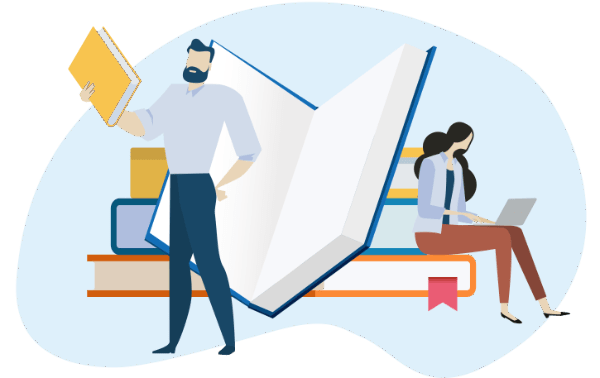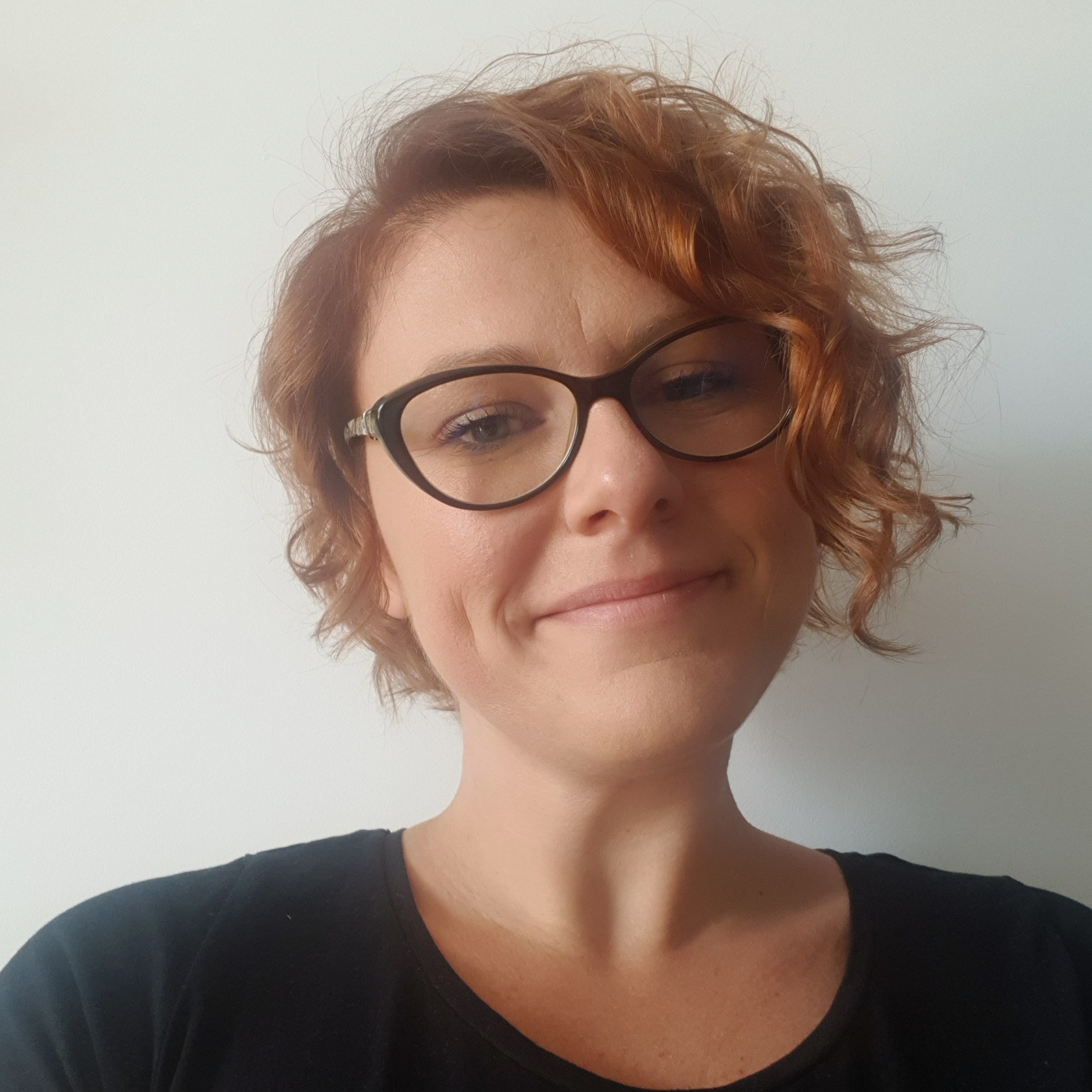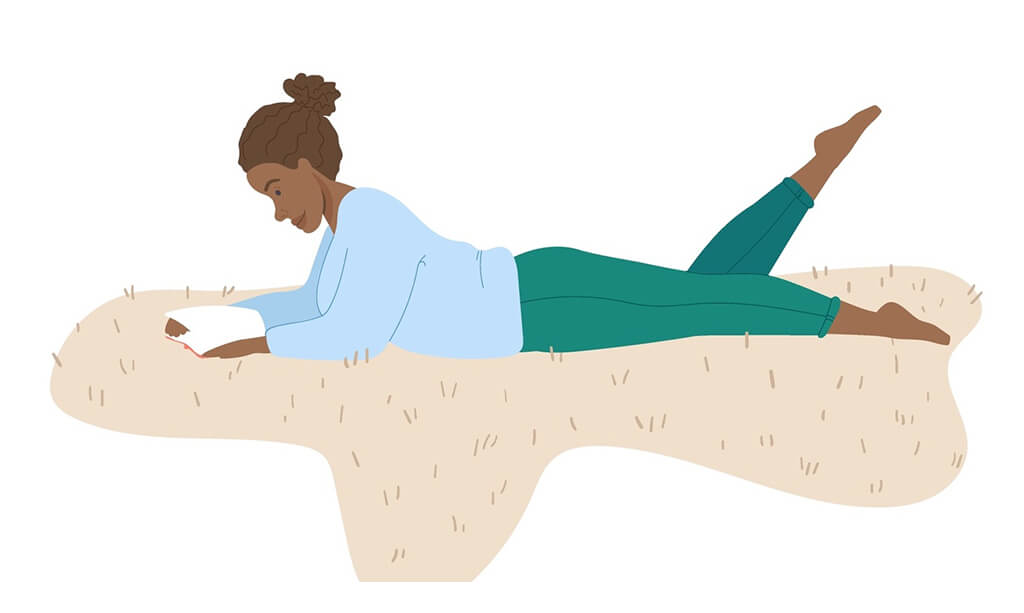
In this Advanced ESL lesson, the student will acquire and practice vocabulary used to talk about works of literature, storytelling, and the benefits of reading.
Warm-up
In the introductory part of the lesson, the student circles synonyms of the word story (saga, yarn, fable, etc.). Next, they choose the correct alternative to complete definitions of different types of stories.
Presented with summaries of three well-known fairy tales, the student matches them with their morals.
Vocabulary: adjectives to describe works of literature
The student completes an association exercise with one word that matches the given ones and can be used to form words used to describe stories and books (well-written, well-paced, well-researched, etc.).
By matching words, the student forms adjectives and expressions that are used to describe books (e.g. page-turner, awe-inspiring, canon-worthy, etc.). Then, they use them to fill in the gaps and in their own examples.
Video: How stories shape our minds
The student watches the video How stories work and chooses the correct set of words describing the benefits of stories in our lives. The student watches the video again and completes the sentences with the missing words.
Vocabulary: literary genres
The student revises literary genres by matching them with the correct descriptions (memoir, biography, self-help, etc.). This exercise is followed by a speaking exercise in which the student talks about their favorite works of literature and names titles belonging to different genres.
The student learns some more literary terms – allegory, foreword, resonate, conjure, protagonist, and render, by matching them with the right contexts.
Video: 7 major plots in storytelling
After watching the video 7 major plots in storytelling, the student summarizes each of them in their own words.
Creative non-fiction
The student reads and completes a passage explaining creative non-fiction with the missing words. In a reading comprehension exercise, they mark statements about creative non-fiction as true or false.
To sum up, the student completes a mind map about stories and the elements they learned about by adding words from the box to the right category. They also choose the odd one out in groups of literary terms.
Finally, they pick a card with seemingly unrelated pictures that they need to use to tell a story.
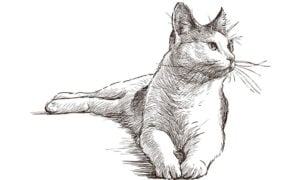
Our Love Affair with Cats
This Upper-Intermediate speaking lesson explores humanity’s fascination with cats through engaging…

Sweet History: The Journey of Chocolate
This Intermediate ESL lesson plan explores the cultural significance of chocolate…
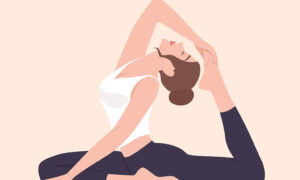
Why Millions Are Rolling Out Their Yoga Mats
This B2-level lesson plan gets students talking about yoga using different…
